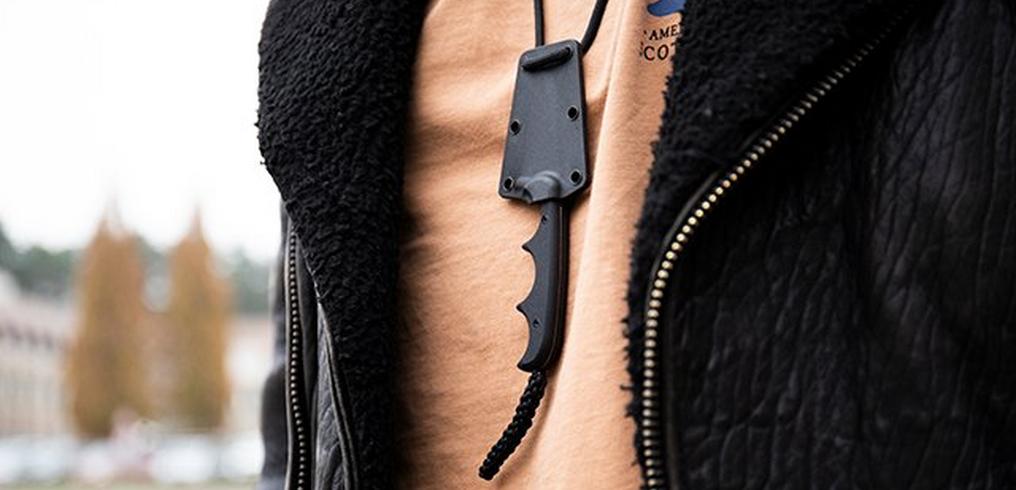Spyderco Para 3 Lightweight vs Benchmade Bugout
The Spyderco Para 3 Lightweight and Benchmade Bugout are two amazing EDC knives. Popular amongst enthusiasts for their functionality and appealing design. Both knives have many things in common, but are, at the same time, also completely different! But what are the differences? Allow us to lay it all out for you.
For this versus we compare the Spyderco Para 3 Lightweight C223PBK and the Benchmade Bugout 535-GRY1.
The similarities between the Spyderco Para 3 Lightweight and Benchmade Bugout
The Para 3 and Bugout differ in terms of design. And yet they also have a lot in common. Both knives are made in the United States, light-weight, can be opened with one hand and are approximately 18.5 cm long when opened.
Both knives are also enhanced with a deep-carry pocket clip, a lanyard hole in the handle and they are about the same price. The latter depends on the version you choose, however. There are many different versions of both knives. Another thing they have in common!
The differences between the Spyderco Para 3 Lightweight and Benchmade Bugout
The blade
The Spyderco Para 3 is enhanced with a high blade. The Benchmade Bugout is not enhanced with such a blade. As such the knife is a lot slimmer and won't take up too much room in your pocket. The advantage of the high blade of the Para 3 is that you have enough room to place your thumb. The result is that you have more control over the knife as you use it. The finger groove, which is also missing from the Bugout, also helps with this.
The Para 3 Lightweight is enhanced with a thumb hole and the Bugout has a double thumb stud. It depends on your preference which of the two you choose. They basically work the same. A thumb hole, however, is easier to open while wearing gloves. However, after some practice you could also make that work with the thumb stud.
The blade of the Para 3 is 3.7 mm thick. This means that the blade is 1.5 mm thicker than that of the Bugout.
Steel
In terms of steel both knives also differ. We do, however, have to be frank and admit that both are also available with different types of steel. That is why we will compare the two standard models for this versus: the Para 3 Lightweight with CTS BD1N steel and the Bugout with CPM S30V steel. CTS-BD1N is easier to sharpen. The steel is also less likely to rust. That is why Spyderco also uses this type of steel for kitchen knives. CPM S30V is more robust and can therefore handle more. This steel also retains its sharpness longer.
Handle
Both handles are made from a top-quality type of plastic. For the Para 3 this is FRN: fibre reinforced nylon. For the Bugout this is Grivory. The most noticeable difference is that Grivory feels slightly rougher and FRN feels smoother. For the Bugout the scales are held together by individual standoffs. These are secured on both sides of the handle. This is different for the Para 3. Here the standoffs are a part of the plastic scales. A threaded tube is pressed into these standoffs. This reduces the amount of parts you need for the handle.
The handle of the Para 3 has more curves and texture for enough grip. The handle is also a little thicker than that of the Bugout.
Weight
Despite the fact that both are light-weight knives there is one noticeable difference between the two. The Para 3 Lightweight weighs 70 grams and the Bugout only 55 grams. It is the result of the thicker and higher design of the Para 3.
Locking mechanism
The Spyderco Para 3 is enhanced with a compression lock. This is type of reversed liner lock. The Bugout is enhanced with an axis lock. This is a lock that falls in place with the help of two springs and blocks the blade.
Both mechanisms are located in the spine of the handle. To make sure your finger won't get near the blade when you close the knife. The main difference is that the Bugout, due to the design of the axis lock, is suited for both left and right-handed use. You namely use your thumb and index finger. For the Para 3 Lightweight you use your index finger. That is why there is a left-handed version for when you are a left-handed user.
Which knife will you choose?
You cannot go wrong with either knife. As mentioned before both knives weigh next to nothing and function the same. In the end it comes down to taste and preference. Are you looking for a compact and, as light as possible, pocket knife? Go with the Benchmade Bugout. Do you think an ergonomic handle is key and do you prefer a thumb hole? If so, go with the Spyderco Para 3 Lightweight. It is also important to think closely about what you want to use the pocket knife for. CTS-BD1N is more corrosion resistant and better for food-prep. CPM S30V is more robust and can therefore handle heavy-duty use.

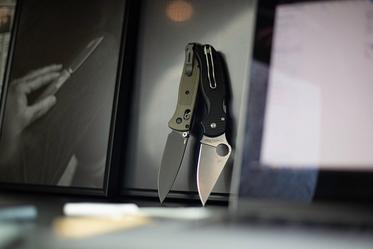
?%24center=center&%24poi=poi&%24product-image%24=&fmt=auto&poi=%7B%24this.metadata.pointOfInterest.x%7D%2C%7B%24this.metadata.pointOfInterest.y%7D%2C%7B%24this.metadata.pointOfInterest.w%7D%2C%7B%24this.metadata.pointOfInterest.h%7D&scaleFit=%7B%28%24this.metadata.pointOfInterest%29%3F%24poi%3A%24center%7D&sm=c&w=373)

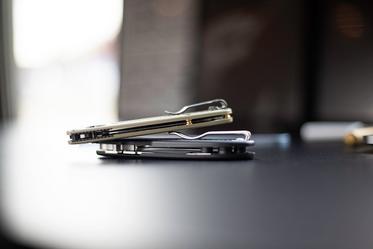
?%24center=center&%24poi=poi&%24product-image%24=&fmt=auto&poi=%7B%24this.metadata.pointOfInterest.x%7D%2C%7B%24this.metadata.pointOfInterest.y%7D%2C%7B%24this.metadata.pointOfInterest.w%7D%2C%7B%24this.metadata.pointOfInterest.h%7D&scaleFit=%7B%28%24this.metadata.pointOfInterest%29%3F%24poi%3A%24center%7D&sm=c&w=762)
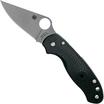




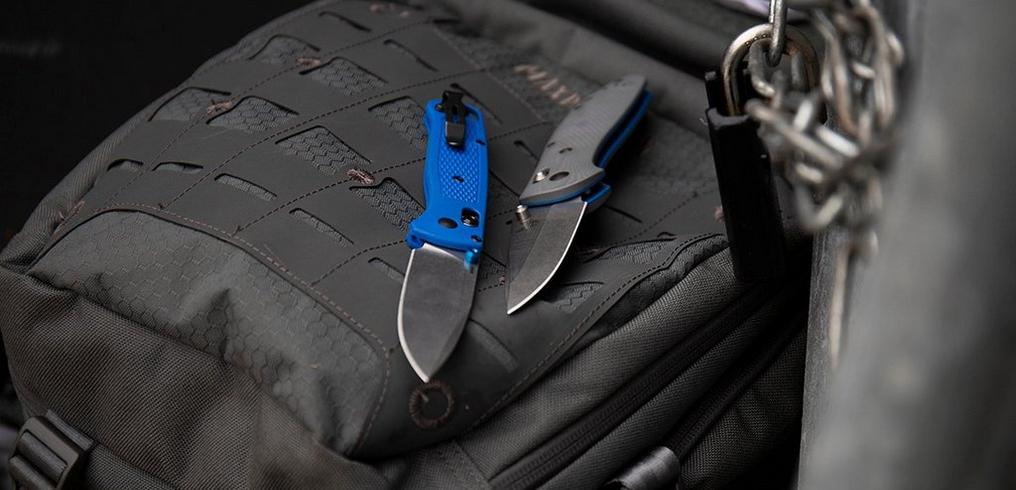
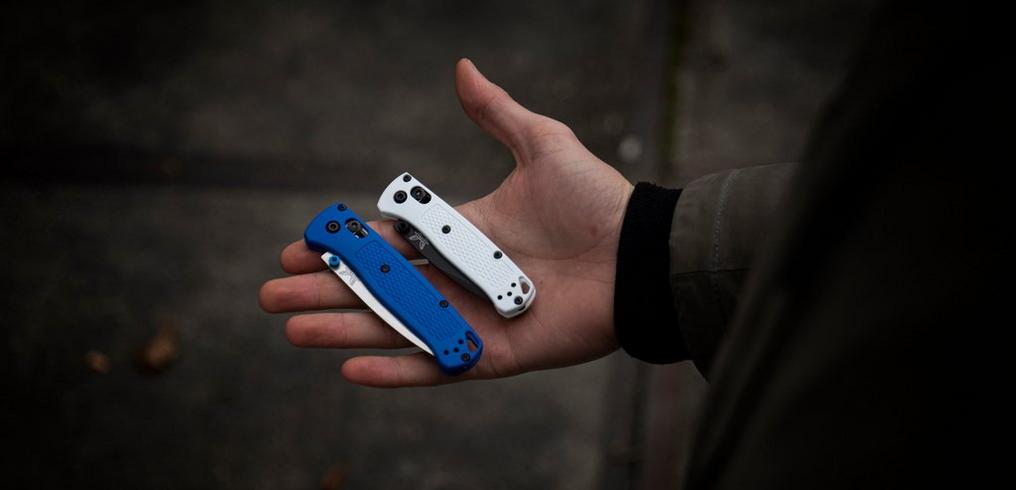
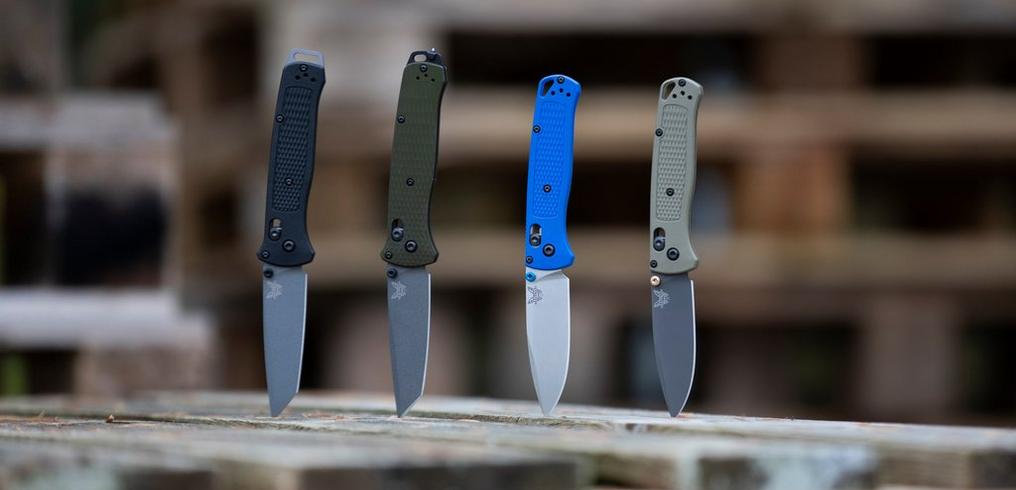

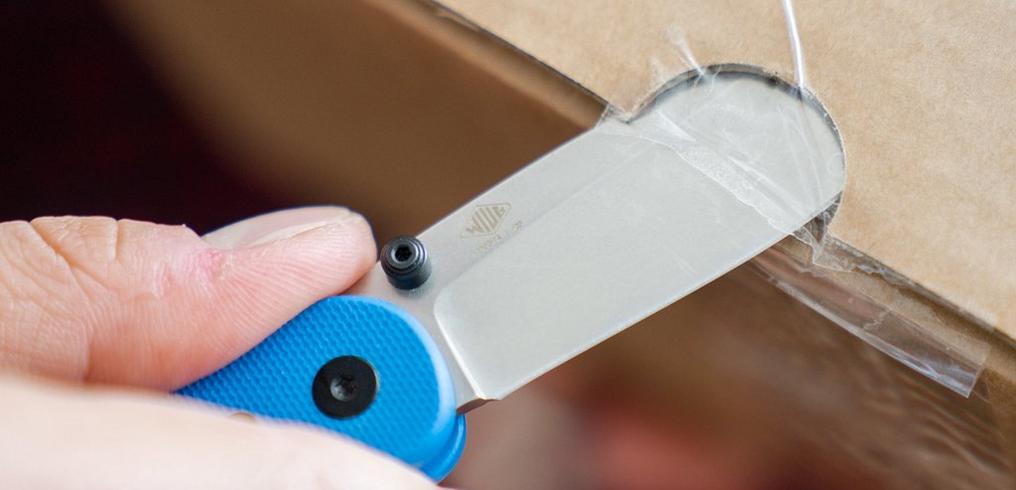

?%24center=center&%24poi=poi&%24product-image%24=&fmt=auto&h=490&poi=%7B%24this.metadata.pointOfInterest.x%7D%2C%7B%24this.metadata.pointOfInterest.y%7D%2C%7B%24this.metadata.pointOfInterest.w%7D%2C%7B%24this.metadata.pointOfInterest.h%7D&scaleFit=%7B%28%24this.metadata.pointOfInterest%29%3F%24poi%3A%24center%7D&sm=c&w=1016)
